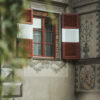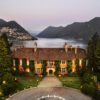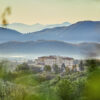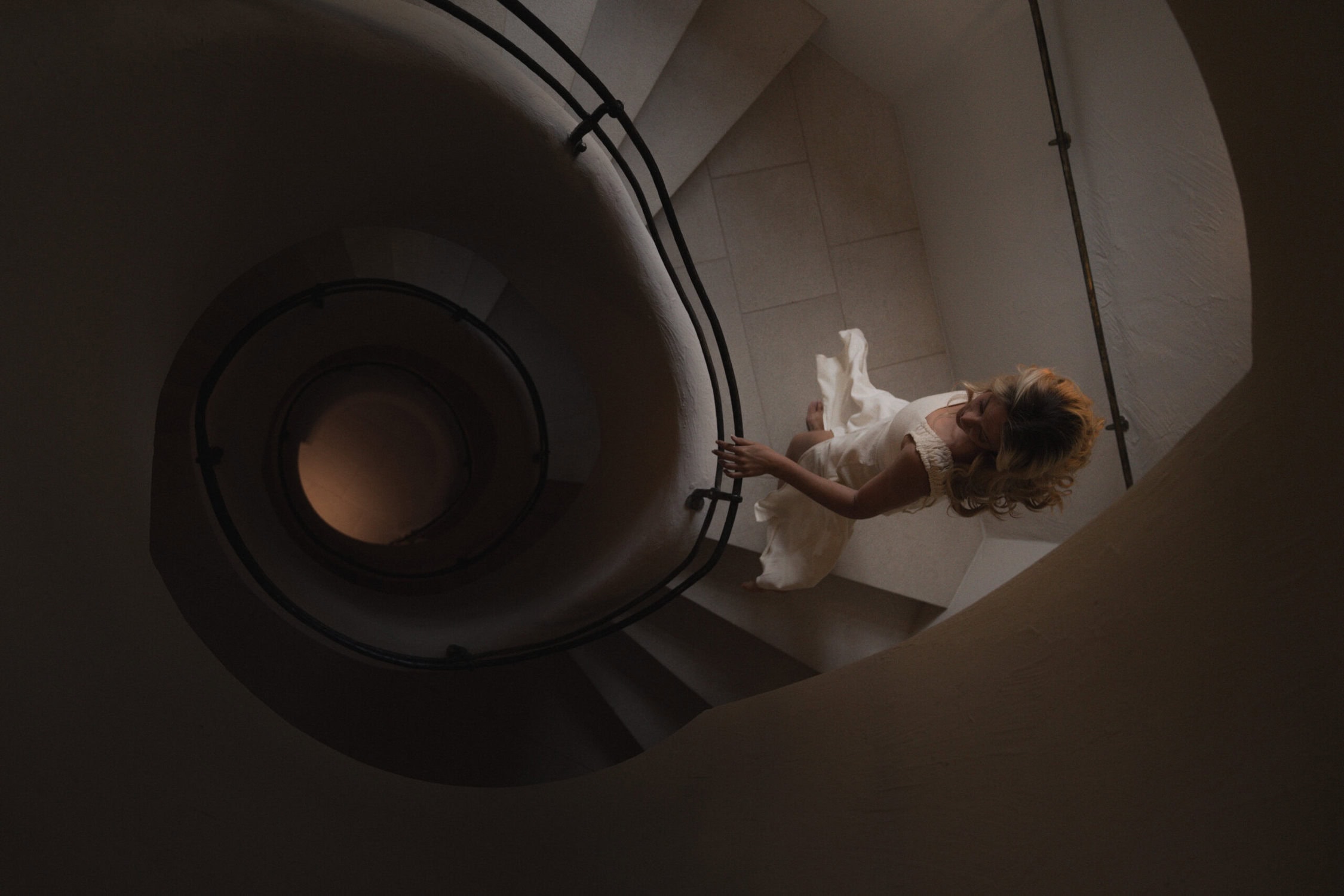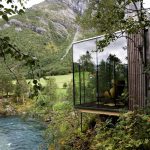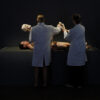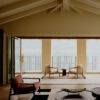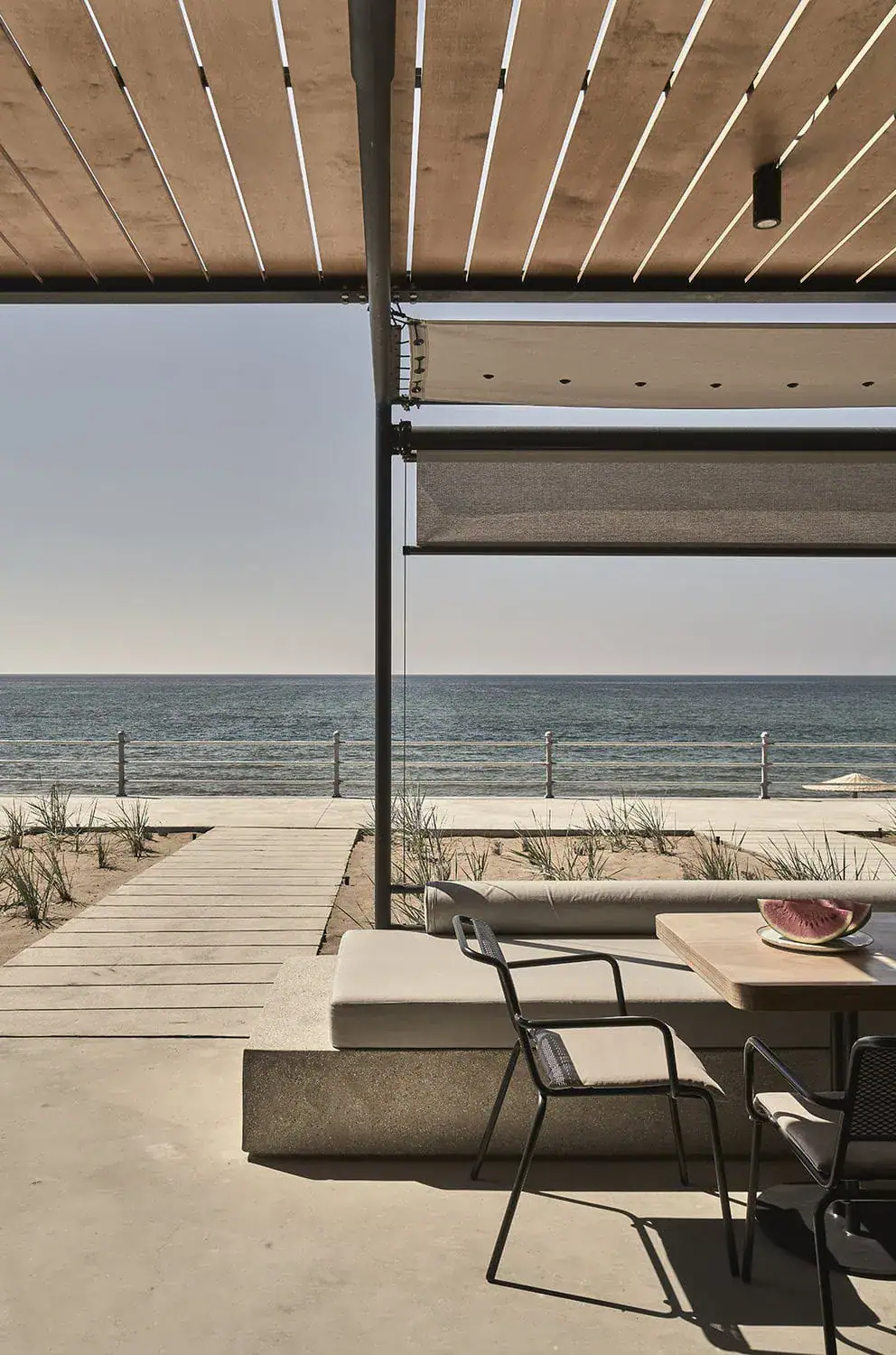The staircase is a space we often forget — merely a passage between above and below. But not at Boutique Hotel stieg’nhaus in Mühlbach am Hochkönig
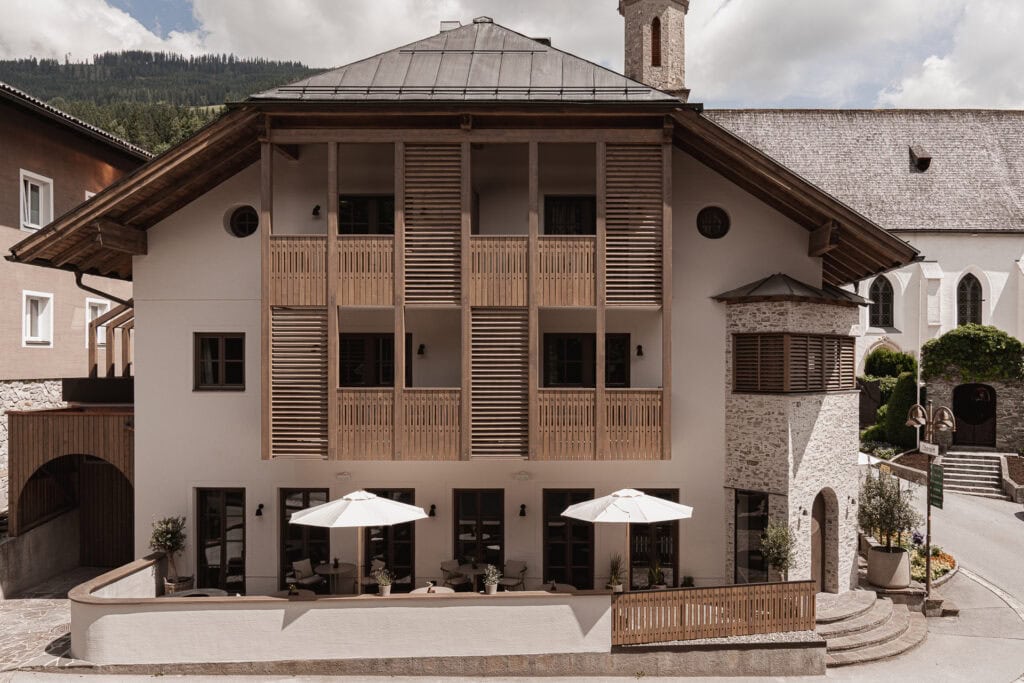
Here, the connecting element of the house even lends its name to the hotel. The staircase is its very heart. Its shapes and materials are echoed throughout every room. Perhaps it’s also an invitation to pause for a moment within this sense of shelter, to reflect on which step of life you’re currently standing on, and which floor you wish to explore next. The subtle imperfection of the staircase is a gentle reminder that life itself doesn’t always follow a straight line.
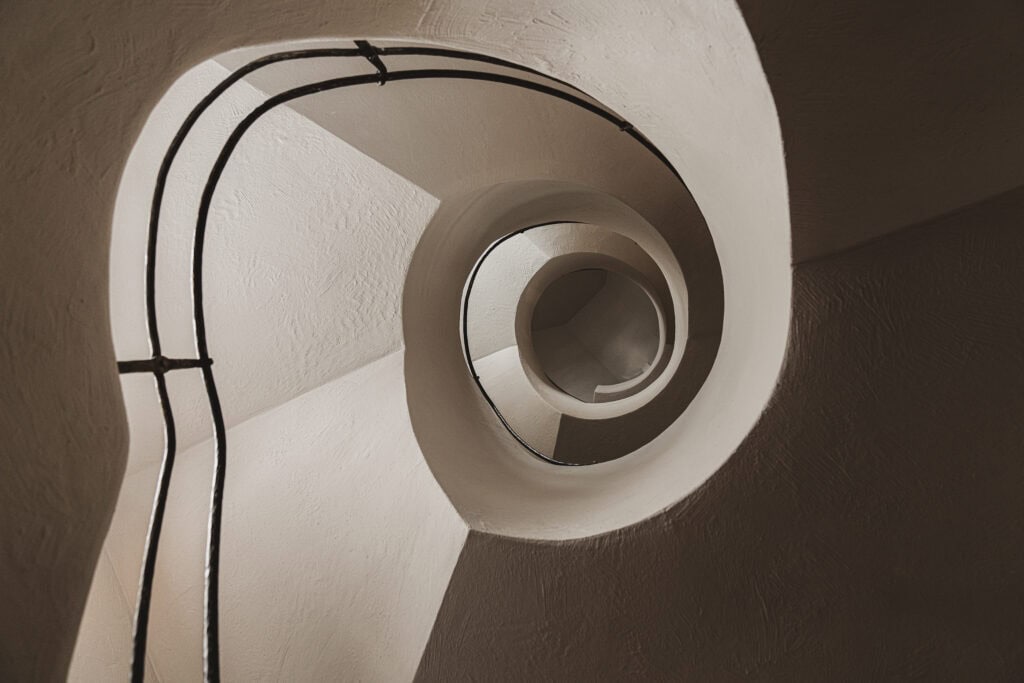
On their journey, hosts Maria and Tom Heidenreich had to realize — on more than one staircase — that some paths simply don’t lead any further. Eventually, their steps carried them from Bavaria to Salzburg and up to the Hochkönig, where they found a house with a charming staircase. There, they created a boutique hotel defined by a sense of quiet luxury. In conversation, Maria shares which steps along the way have shaped her and how they led to the creation of their very own stieg’nhaus.
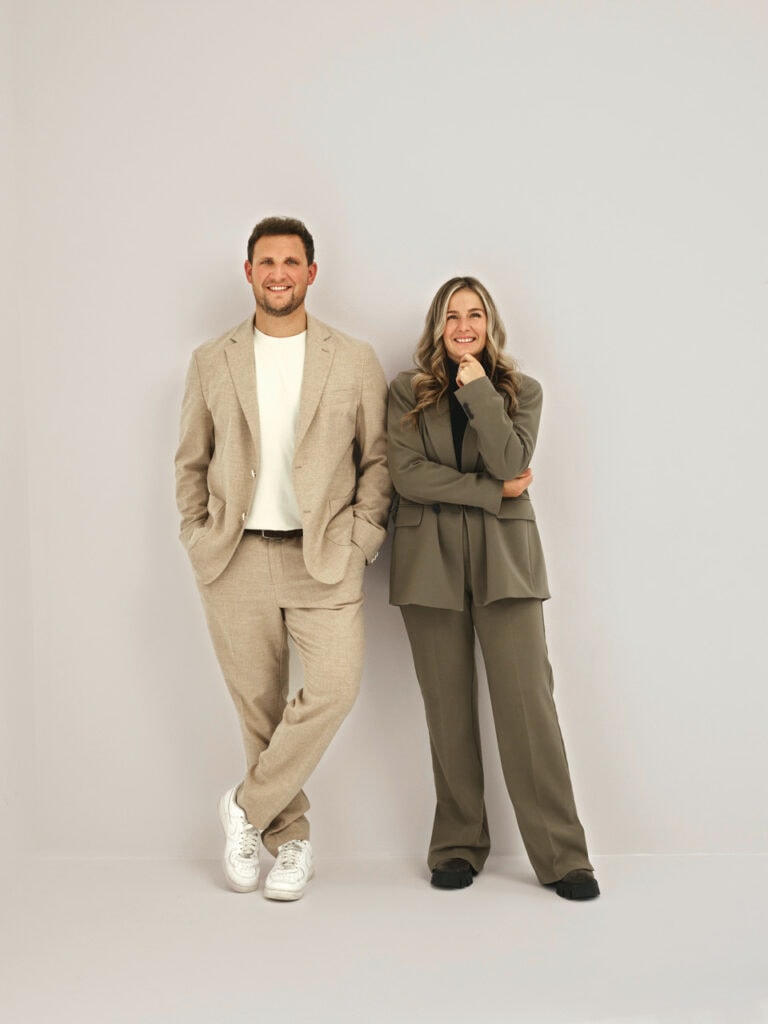
What inspired you to relocate your home to Austria, especially given all the beautiful places in your native Bavaria?
We tied the knot in 2021 at the Wieseralm in Saalbach-Hinterglemm, having long loved spending time in Austria. It quickly became clear to us: this is where we wanted to build our life. Initially, we had purchased a plot in Carinthia and planned to move there. Through friends, however, we discovered Mühlbach — and that’s where our journey into hospitality truly began. The stieg’nhaus is already our third venture, as the two previous projects, unfortunately, never came to fruition.
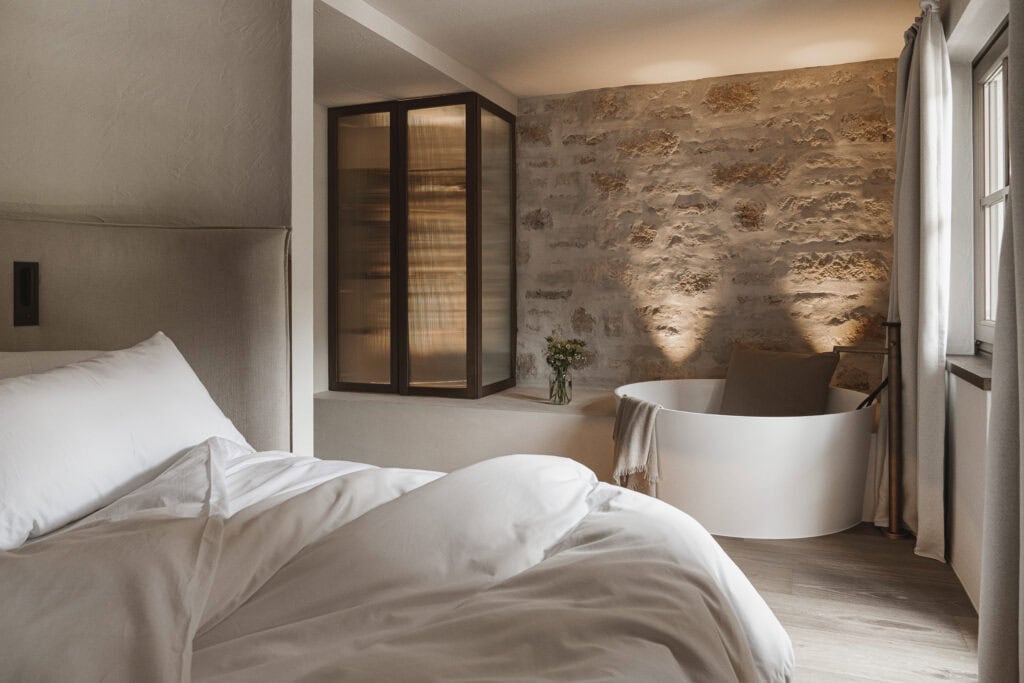
How does your past life connect to the life you lead now?
Coming from the IT industry has been a huge advantage, as a hotel operation involves numerous complex systems behind the scenes. I also have another connection to hospitality through my family: my grandparents ran an inn in Upper Franconia for 40 years. Tom’s family works in real estate, creating living spaces in Upper Franconia, which has given him extensive experience with construction sites and legal matters.
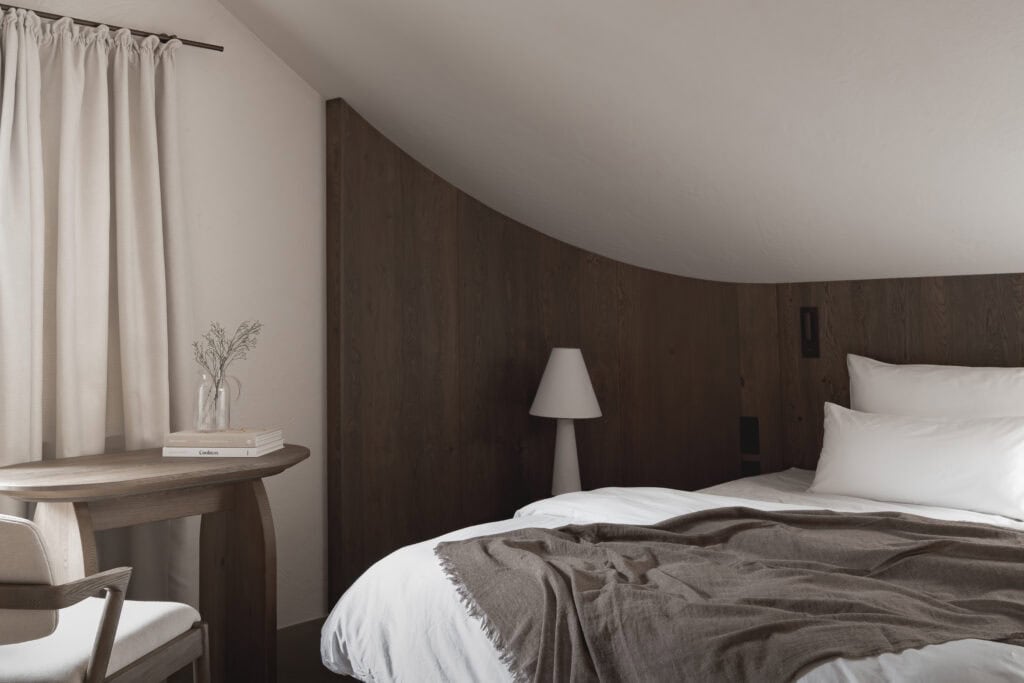
How did you find this house?
We had already made two attempts — both in Mühlbach. When the second project fell through and it became clear it couldn’t continue, an opportunity presented itself: a house in the town center, built in 1990. Once again, it was Mühlbach. The town simply wouldn’t let us go. And in that moment, everything seemed to fall into place.
How did you feel when you first saw the staircase?
We fell in love with it immediately and recognized its potential. The entire design of the hotel was inspired by the staircase: the rough walls, the brass handrail, which in turn inspired the fixtures and materials throughout the hotel. It radiates a unique atmosphere, exudes a beautiful charm, and gives the house both its design and its name.
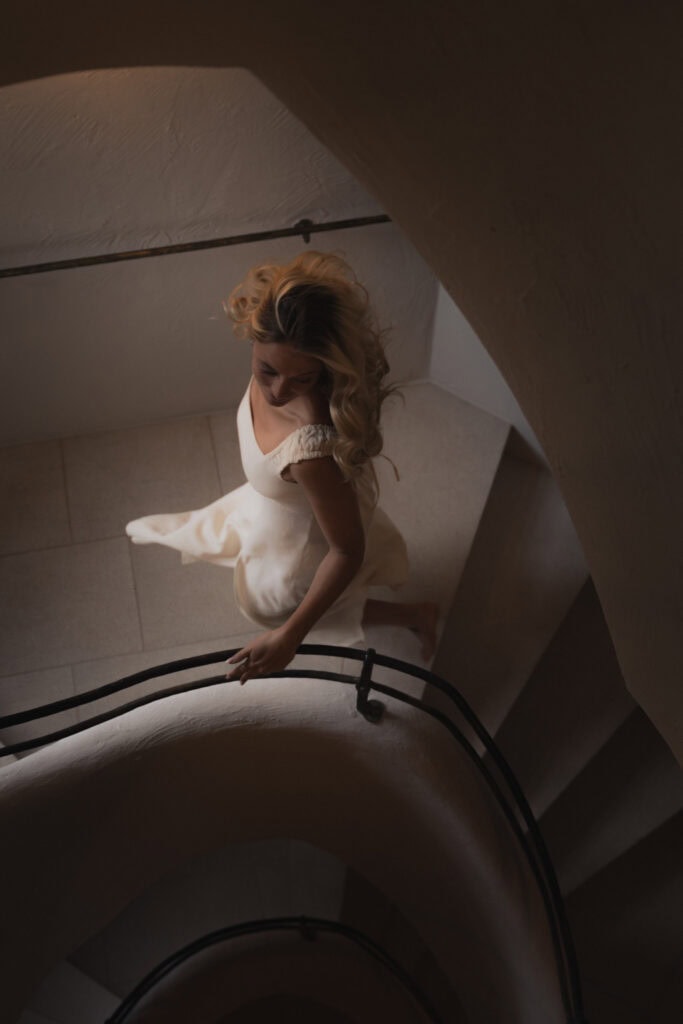
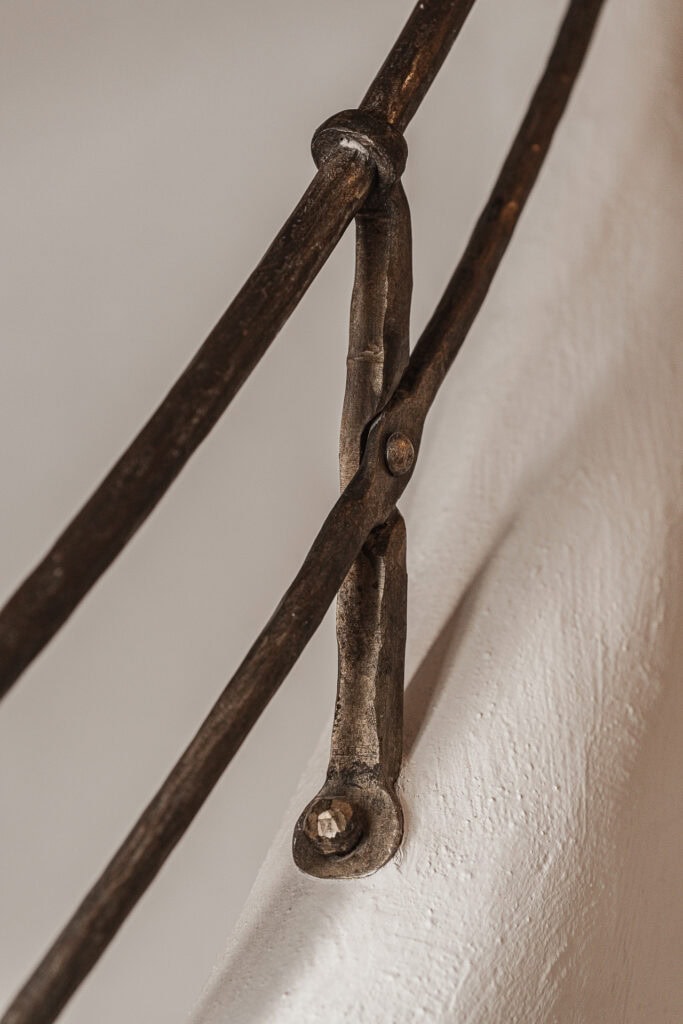
How does the staircase show itself throughout the hotel?
It can be seen in many small details: in the curved lines of the furniture, in the rounded shapes of the bathrooms, and in the delicate ornaments on the balconies, all echoing its movement. The red tiles on the kitchen walls quietly tell stories of the past, paying homage to the tiles of the old staircase. And, not least, the staircase is also symbolically reflected in the hotel’s logo.
What story is the design meant to tell?
The design speaks for itself — through the way the space feels. It is meant to convey warmth and inner calm, exude timeless, natural elegance, and embody a sense of quality.
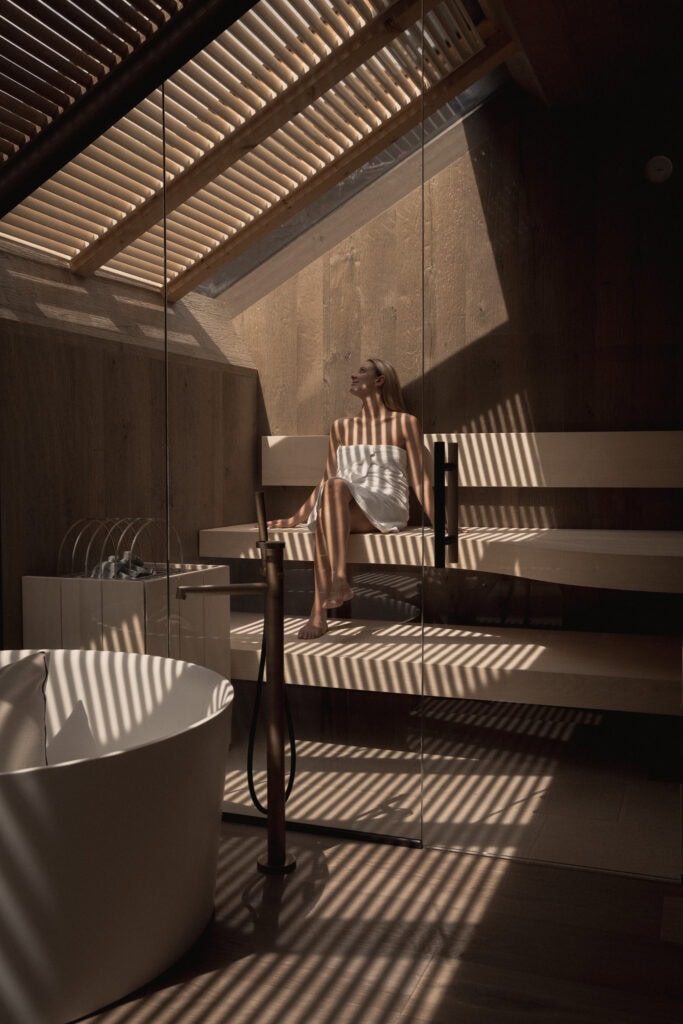
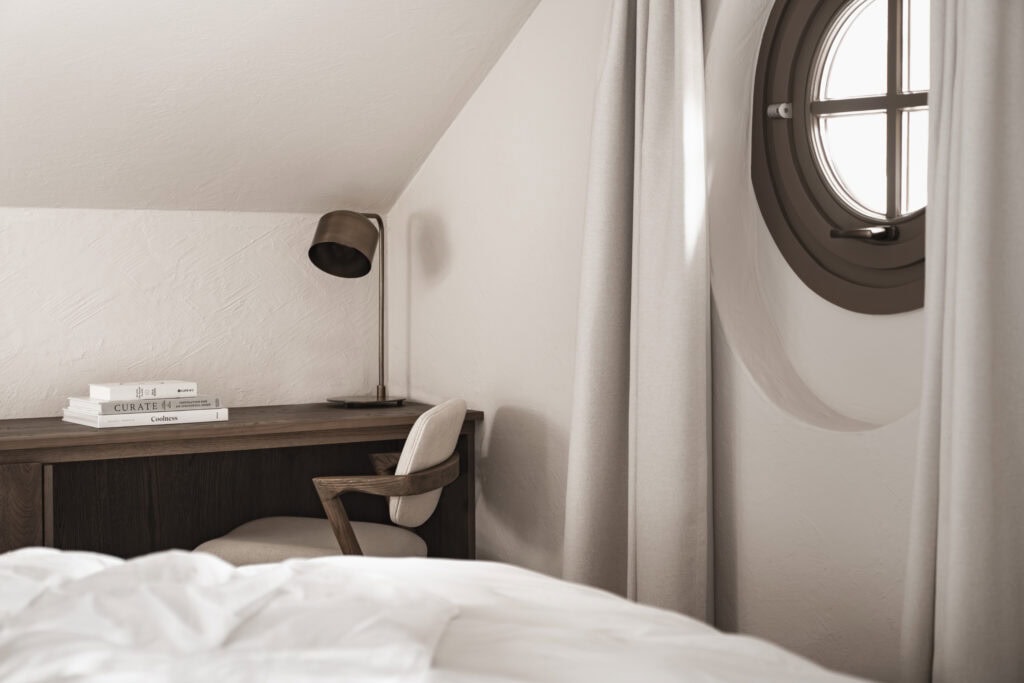
How do you create warmth inside when it’s cold outside?
We’ve installed underfloor heating throughout the house and use warm materials, blankets, and fabrics to create a natural, comfortable warmth.
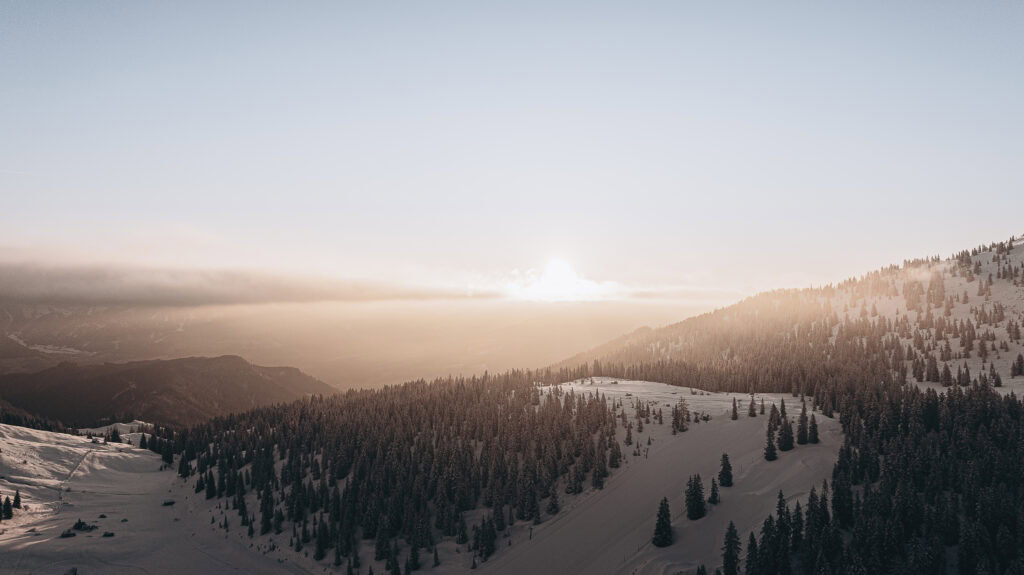
What does the next floor in your life look like? Which door is already waiting above, ready for you to open it?
We approach life with openness. Some doors are already visible and slightly ajar — and when the time is right, we will walk through them. That’s also how we’ve handled our projects over the past few years: when one door closed, we focused on the windows and doors that opened as a result.
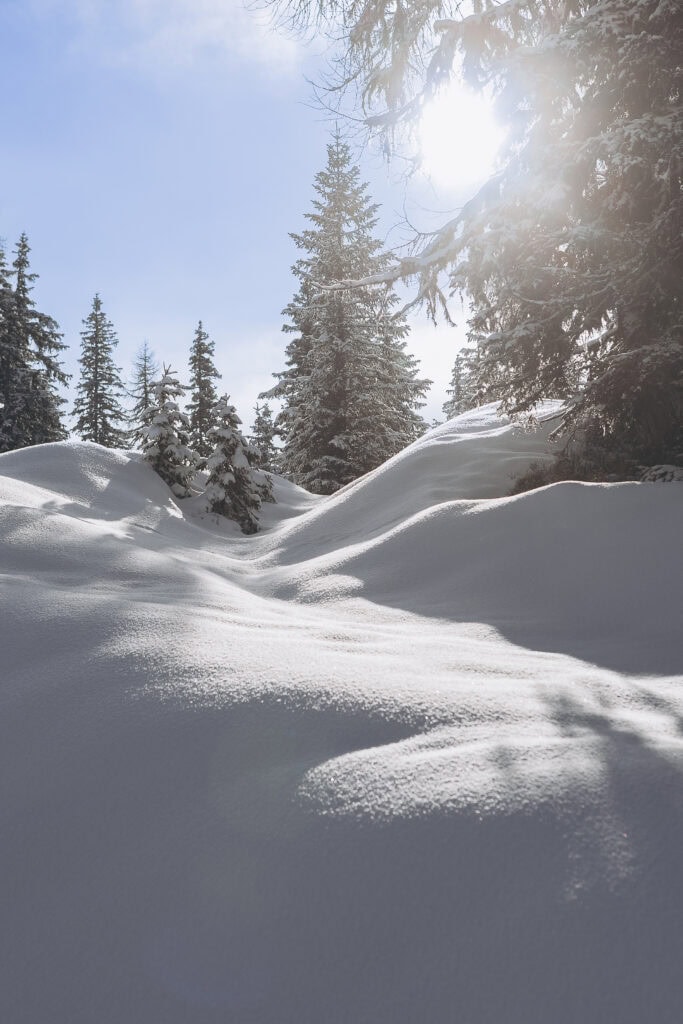
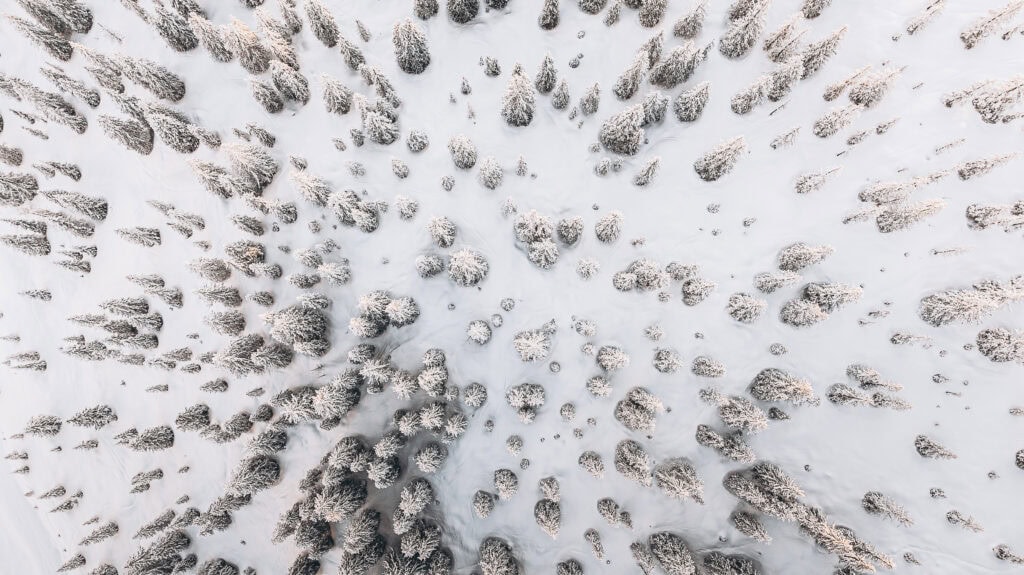
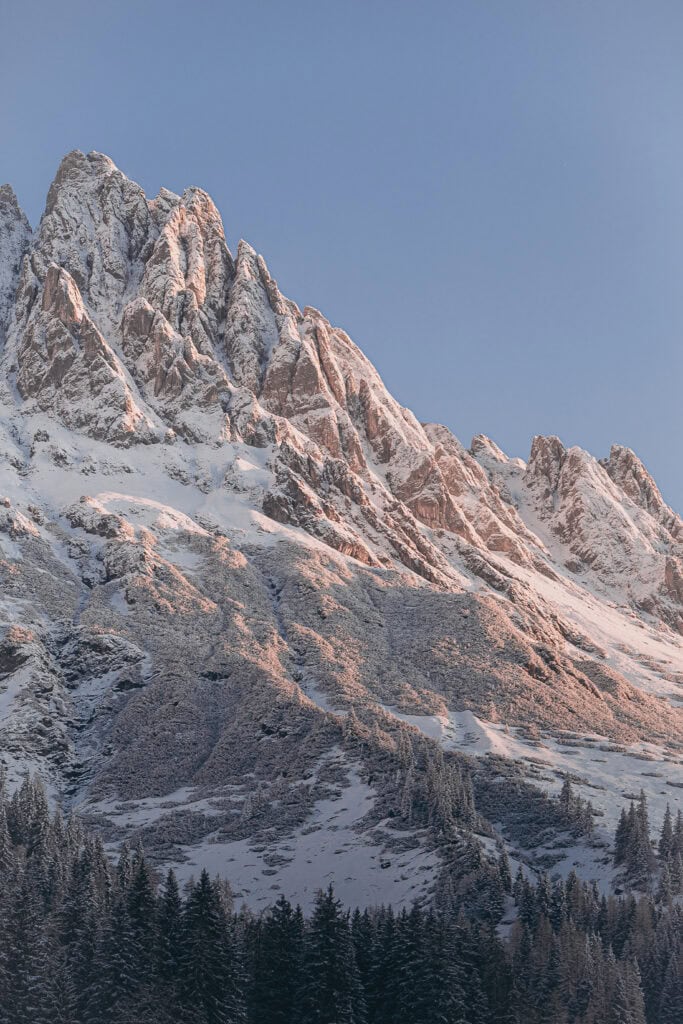
photos: Karin Pasterer

